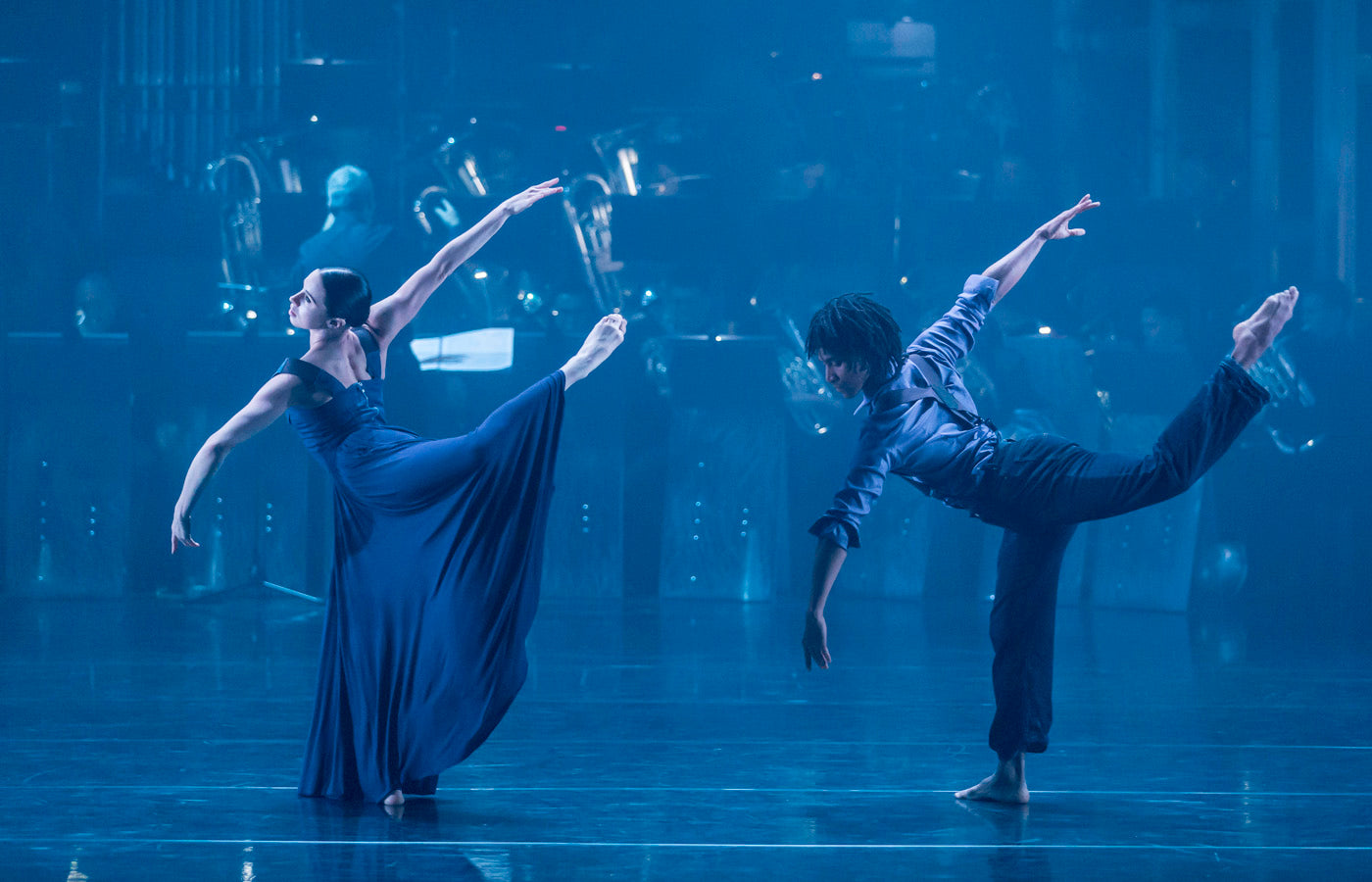Dancing in Circular Time
Amrita Hepi, a choreographer with Bunjalung and Ngāpuhi roots, has come a long way from her home in the Pacific.
Continua a leggere
World-class review of ballet and dance.
Rambert's newest bill promises a lot of excitement: it kicks off with the London debut of Alexander Whitley's 2015 work “Frames,” then moves on to a revival of Lucinda Childs' simple but celebrated “Four Elements,” commissioned in 1990. The headline act is a world premiere from artistic director Mark Baldwin that features 20 dancers swishing to the on-stage syncopations of a 32-piece brass band, the musicians' gleaming instruments shielded from the action by perspex armoury and art deco-inspired scaffolding.
Performance
Place
Words

Julia Gillespie and Miguel Altunaga in Rambert's “Dark Arteries.” Photograph by Johan Persson


“Uncommonly intelligent, substantial coverage.”
Your weekly source for world-class dance reviews, interviews, articles, and more.
Already a paid subscriber? Login
Amrita Hepi, a choreographer with Bunjalung and Ngāpuhi roots, has come a long way from her home in the Pacific.
Continua a leggereSir Kenneth MacMillan began his choreography for “Manon” with the pas de deux, and from this shining, central point spun outward. Building the story from its heart, almost as if from the inside out, the pas de deux reveals not only the emotional connection between the two dancers, but their place in the world.
Continua a leggereIf the ballet world now seems inundated with Dracula productions, Frankenstein adaptations are a rarer sight.
Continua a leggereIt’s amusing to read in Pacific Northwest Ballet’s generally exceptional program notes that George Balanchine choreographed the triptych we now know as “Jewels” because he visited Van Cleef & Arpels and was struck by inspiration. I mean, perhaps visiting the jeweler did further tickle his imagination, but—PR stunt, anyone?
Continua a leggere
comments